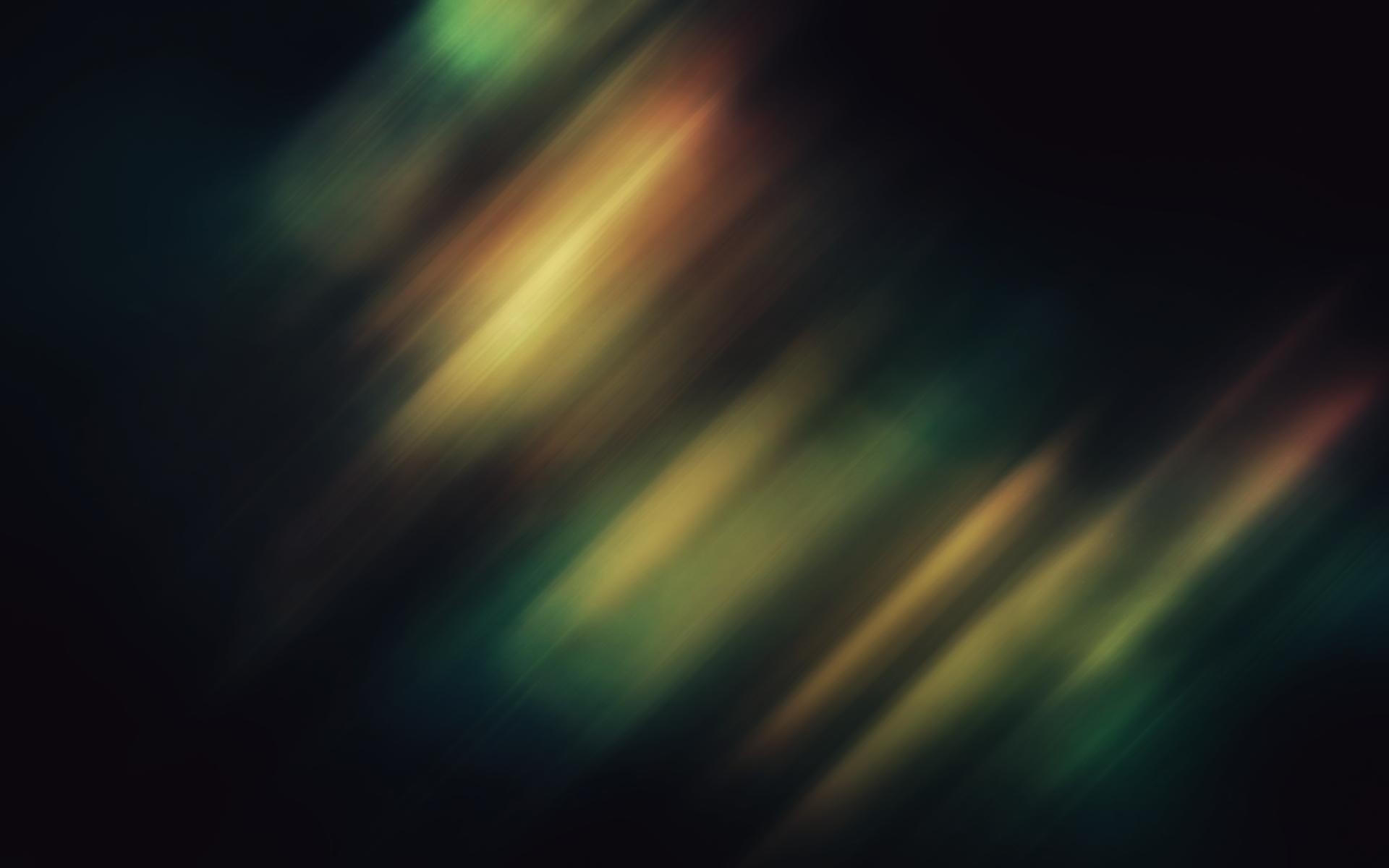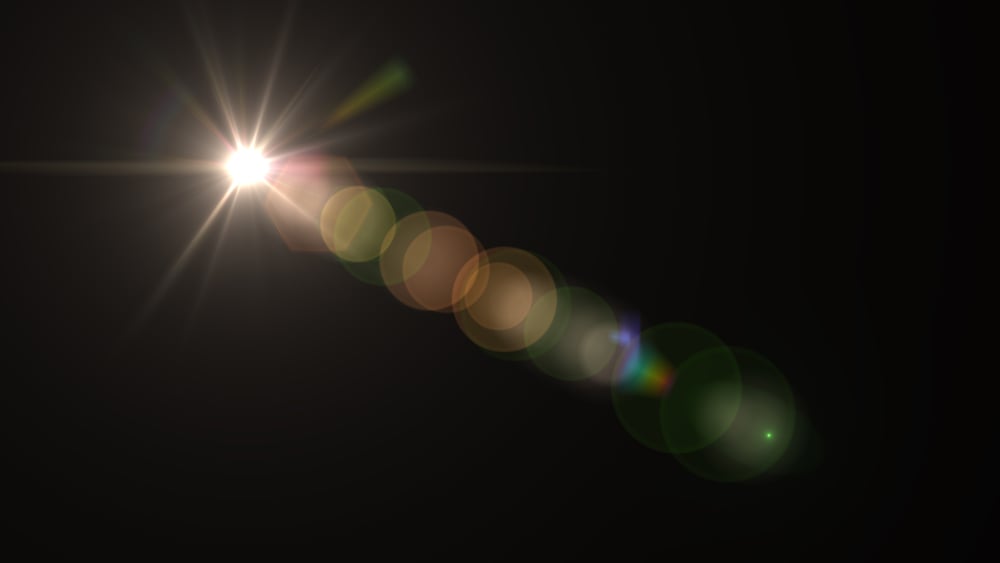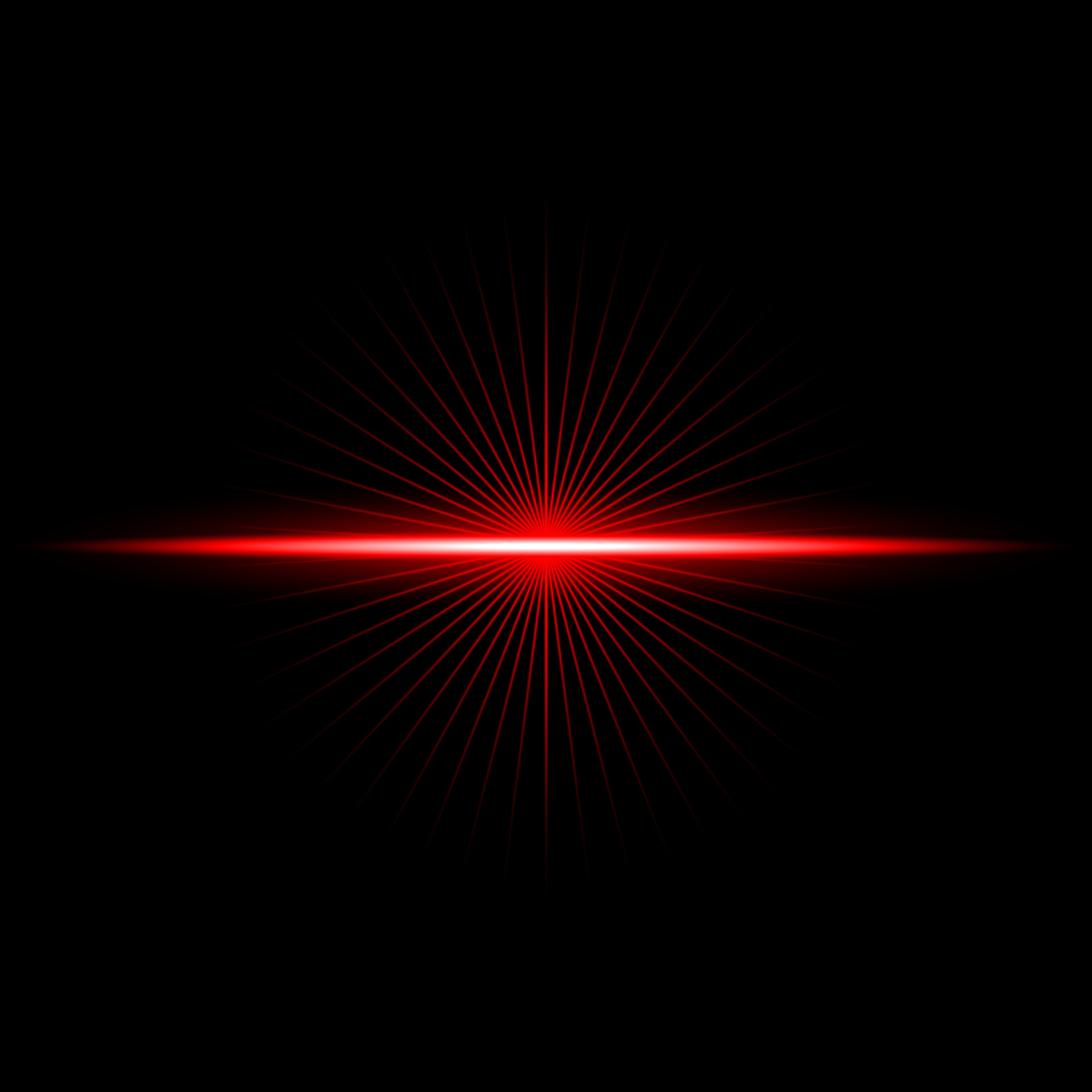
Light Flare Effects Volume 2 Light flare, Lens flare effect, Bokeh wallpaper
A solar flare is an intense burst of radiation coming from the release of magnetic energy associated with sunspots. Flares are our solar system's largest explosive events. They are seen as bright areas on the sun and they can last from minutes to hours. We typically see a solar flare by the photons (or light) it releases, at most every.

1280x720 Abstract Light Flare 720P HD 4k Wallpapers, Images, Backgrounds, Photos and Pictures
The meaning of FLARE is a fire or blaze of light used especially to signal, illuminate, or attract attention; also : a device or composition used to produce such a flare. How to use flare in a sentence.

Abstract image of lighting flare Royalty Free Vector Image
A solar flare is an intense burst of radiation, or light, on the Sun. Flares are our solar system's most powerful explosive events - the most powerful flares have the energy equivalent of a billion hydrogen bombs, enough energy to power the whole world for 20,000 years. Light only takes about 8 minutes to travel from the Sun to Earth, so.

High Quality Orange Lens Flare Png Youssef Vaughn
Solar flares are a sudden explosion of energy caused by tangling, crossing or reorganizing of magnetic field lines near sunspots. The surface of the Sun is a very busy place. It has electrically charged gases that generate areas of powerful magnetic forces. These areas are called magnetic fields. The Sun's gases are constantly moving, which.

Light Flare Effects Volume 2 Light flare effect, Light flare, Sun flare
During the 2021-2022 observations, researchers led by astronomer Staszek Zola from the Jagiellonian University in Krakow, Poland saw a flare that produced 100 times as much light as an entire.

Sunlight special lens flare light effect Vector Image
Sun - Flares, Solar Activity, Coronal Mass Ejections: The most spectacular phenomenon related to sunspot activity is the solar flare, which is an abrupt release of magnetic energy from the sunspot region. Despite the great energy involved, most flares are almost invisible in ordinary light because the energy release takes place in the transparent atmosphere, and only the photosphere, which.

Light flare yellow effect Royalty Free Vector Image
A coronal mass ejection from an X-5 class flare that erupted on New Year's Eve, the strongest flare of solar cycle 25, will likely trigger geomagnetic storms when it hits Earth today (Jan. 2).

Lens Flare Overlays And Light Effects For And Images
Scheme of lens flare Light coming from a narrow angle may be "trapped" and reflected between the surfaces of the lens elements. A lens flare. A lens flare happens when light is scattered or flared in a lens system, often in response to a bright light, producing a sometimes undesirable artifact in the image. This happens through light scattered by the imaging mechanism itself, for example.

Free Image on Pixabay Lens Flare, Reflections, Light Light background images, Lens flare
The picture below shows a solar flare captured in six different wavelengths of ultraviolet light, which is invisible to the human eye. NASA captured the first moments of a solar flare, seen as the bright spot on the left of the Sun, at six different wavelengths. Hot solar material can be seen above the active solar flare region in the Sun's corona.

Lens Flare Light Free photo on Pixabay Pixabay
The smallest C-class flares are barely perceptible on Earth, aside from the blast of light seen by x-ray satellites. Medium M-class flares can cause brief radio blackouts around the poles and.

Lens Flare Definition, Examples And A Simple Explanation
A flare is a sudden burst of light. The flare of a lit match in the dark night is strangely beautiful.

Free Light flare 2 Stock Photo
Solar flares and other solar activity, such as solar storms, are only expected to become more common by 2025 as the Sun reaches the height of its 11-year cycle, known as the solar maximum.

Light Flare Particles Stock Motion Graphics SBV300253919 Storyblocks
Figure 1. Light curves from an M7 flare on April 18, 2014. (a) SXR emission in the 1-8Å band from GOES, on a logarithmic scale. The left axis gives the intensity as a fraction of pre-flare levels, while the right gives the intensity in W / m 2, along with ranges for X, M, and C flares.(b) Integrated intensities from ions of iron: Fe xx (red, 133Å, T = 9 MK), Fe xviii (magenta, 94Å, T = 6.

Lens Flare Red glow light ray effect illuminated 4940744 Vector Art at Vecteezy
Solar flares were first observed by Richard Carrington and Richard Hodgson independently on 1 September 1859 by projecting the image of the solar disk produced by an optical telescope through a broad-band filter. It was an extraordinarily intense white light flare, a flare emitting a high amount of light in the visual spectrum.

High Resolution Lens Flare Texture Intermediate+ Word of the Day shine WordReference Word
Flares being fired from a ship during a fleet review. A flare, also sometimes called a fusée, fusee, or bengala, [1] [2] bengalo [3] in several European countries, is a type of pyrotechnic that produces a bright light or intense heat without an explosion. Flares are used for distress signaling, illumination, or defensive countermeasures in.

Free Blue Light Flare Stock Photo
The Carrington Event was a large solar storm that took place at the beginning of September 1859, just a few months before the solar maximum of 1860. In August 1859, astronomers around the world.